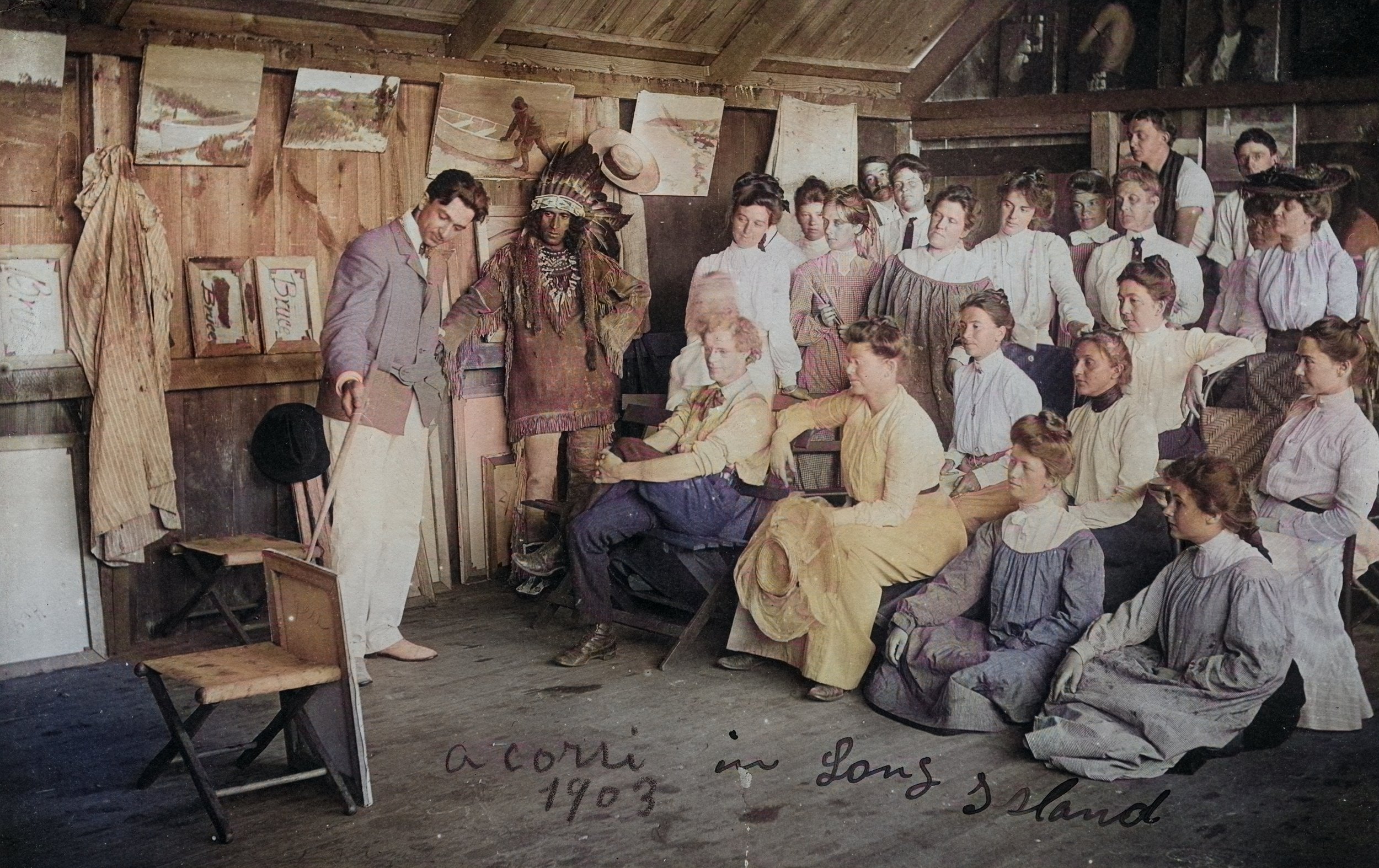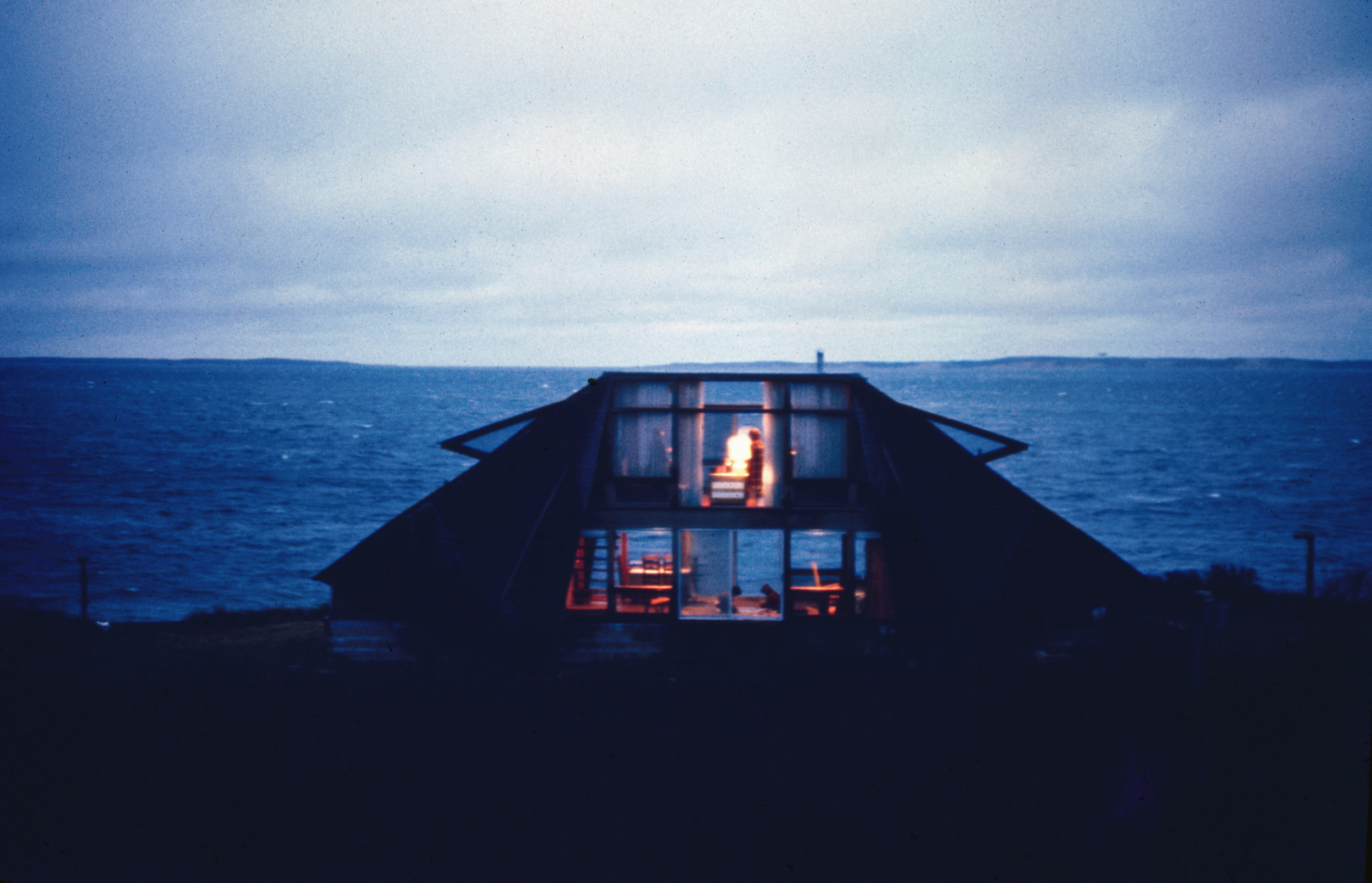
what we do
•creativity
•culture
•history
•humanity
Mainspring Narrative Films is a 501(c)(3) nonprofit organization that creates educational documentaries exploring the people and ideas that shape our world. While many know Mainspring for its award-winning films on art and architecture, the company’s work has always centered on human stories—of creativity, resilience, and transformation. Led by producers Jake and Tracey Gorst, Mainspring combines original filmmaking with rigorous historical research, bringing lost or overlooked chapters of cultural history vividly to life.
why we do it
Mainspring’s mission is to tell stories that illuminate how art, design, and human imagination shape our shared experience.
1. Reviving Forgotten Lives and Ideas
Mainspring uncovers the untold stories of remarkable people who have influenced culture in unseen ways. Current projects include Corsi: The World’s First Super Model, which brings to light the extraordinary life of Antonio Corsi—one of the most recognizable yet forgotten figures in art history.
2. Preserving Cultural Memory
From midcentury modern landmarks to early cinema and fine art, Mainspring documents the creative achievements that define us—and the efforts to protect them. Films such as Leisurama and New England Modernism have helped inspire preservation and renewed public appreciation for modern design.
Through these projects, Mainspring continues to celebrate and protect the cultural heritage that shapes our world.
To subscribe to our newsletter, click here.
If we don’t care about our past, we cannot hope for the future.
Jacqueline Kennedy Onassis

film restoration
Mainspring Narrative President Jake Gorst cleaning a film by hand to prepare for scanning.
bringing the past to light
Every Mainspring project begins with meticulous research and restoration. The team locates rare archival materials, then cleans, scans, and digitally restores them for modern audiences—often revealing imagery clearer than when it was first created. This process not only preserves history but reintroduces it with cinematic vitality, connecting past generations of creators to those shaping culture today.
One of two state-of-the-art film scanners used by Mainspring Narrative.
Jake Gorst preparing to clean a reel of 16mm film.
It has been said that, at its best, preservation engages the past in a conversation with the present over a mutual concern for the future.
-William Murtagh, first keeper of the National Register of Historic Places




